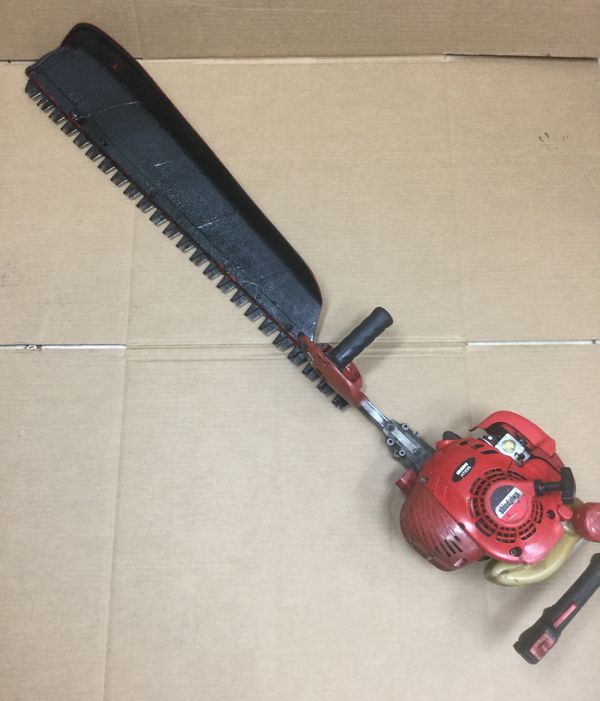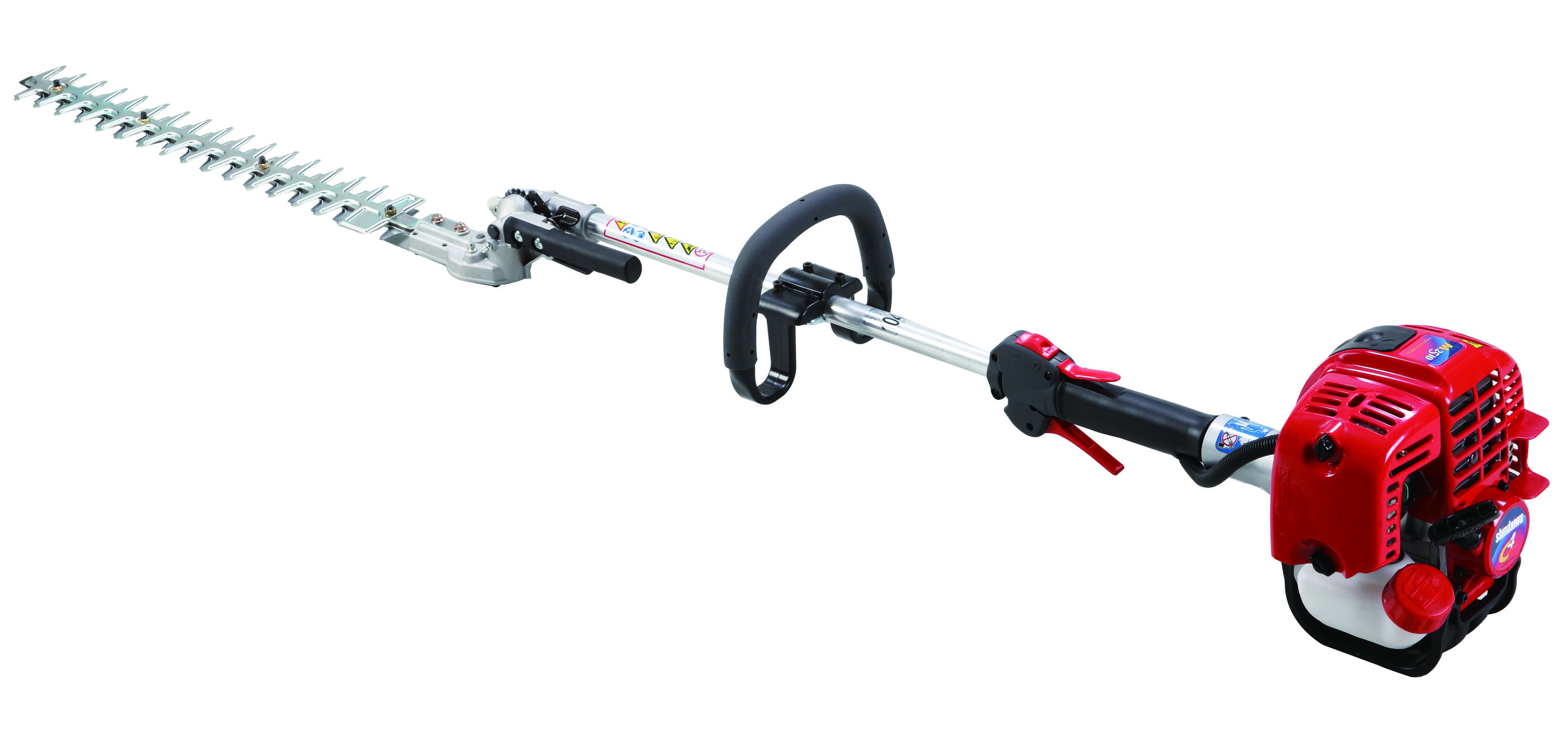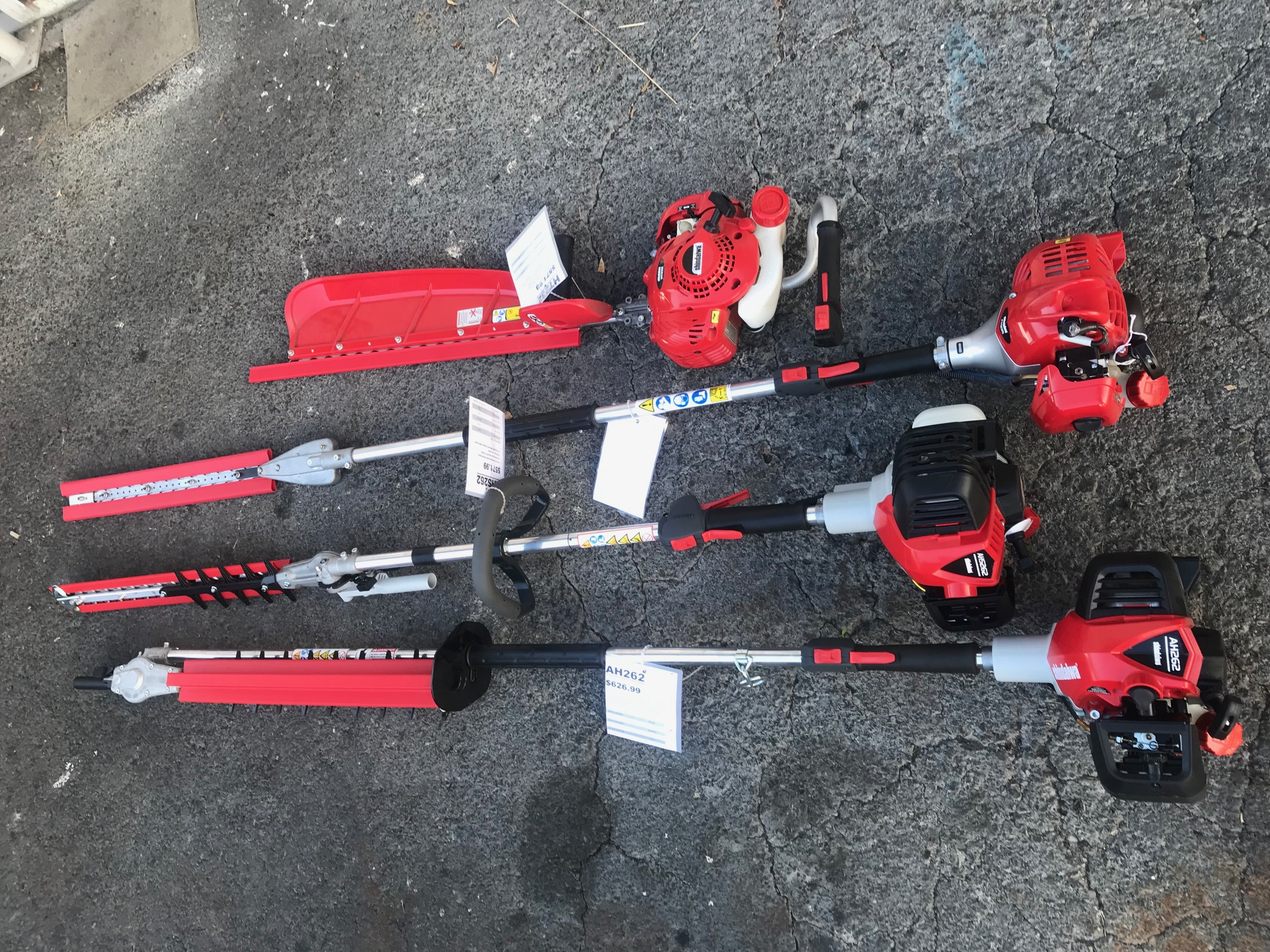

Shindaiwa includes a 5-year consumer warranty or a 2-year commercial warranty for this string trimmer.
#SHINDAIWA TRIMMER PROFESSIONAL#
This price falls right in line with other professional models and actually comes in a little less than most. This amounts to a 4th place overall finish. Its average cut time, in a 5 x 5 square of thicker grass, was 12.9 seconds. The point here is that, in the overgrown Bahia grass, the Shindaiwa T262 loses a little bit of performance. As the tip of a trimmer line gets further away from the trimmer head, the slacker line will lose some cutting power. This might have something to do with that larger swath. It did tend to get a little bogged down in the thicker Bahia, however. We would like to see a better auto choke system, and an auto-on feature would be useful as opposed to the on/off switch. Once the line is about halfway through, hold the base and turn the head to reel in the new line.
#SHINDAIWA TRIMMER FREE#
Once the head is free from the old line, you just line the holes up on the head and pass the trimmer line through. Refilling the line into the trimmer is a pretty simple process with the SpeedFeed 400 head. We’ll come back to this point, as it presents a bit of a tradeoff in performance, but for the typical trimming applications, 20″ of cutting swath means that more trimming can get done more quickly.

It also has the biggest cutting swath we tested at 20″. It has the serviceable head that we like to see, a 2-stage air filter, and a one-piece straight shaft. The Shidaiwa T262 string trimmer does a lot of things right in this department.
#SHINDAIWA TRIMMER PRO#
The Pro models generally have a lot more features that help with serviceability, startup, and just general ease of use. This is usually the category where we really see a difference between what we consider Pro models and consumer models. As the Shindaiwa T262 comes with a 25.4cc 2-stroke engine, we used the TruFuel premix fuel.Įngineered Fuel – TruFuel Premix and 4-Cycle Fuel To keep everything fair in testing, every trimmer used TruFuel’s Premix or 4-Cycle Fuel. As a matter of fact, the Shindaiwa finished 3rd in overall runtime, taking 54 minutes and 20 seconds before the trimmer ran out of gas and puttered out. However, because this trimmer comes with a 20.6 oz tank, it’s able to run for quite a while. On 8 oz of fuel, the T262 ran for 21:06, which was pretty average. However, the differences between the top finishers were mostly negligible. After all, it has a robust, padded auxiliary handle, as well as a cushioned handle at the throttle.Īgain, the Shindaiwa T262 finished the shootout in the middle of the pack for overall fuel efficiency. Most of us felt that the Shindaiwa T262 avoided any glaring ergonomic issues.

Admittedly, this category is pretty subjective, but we generally find a consensus among all of us doing the testing.

We also test tools out by how they feel in the hands. All this is to say that, while this trimmer isn’t whisper-quiet, it’s also not quite as ear-shatteringly loud as a Molly Hatchet concert. At 50 ft away, we measured the T262 at 73 dB(A). When measured at the ear, the Shindaiwa T262 registers a cool 97 dB(A). While most Pros will throw on some precautionary hearing protection anyway, and rightly so, we do like to take a tool’s volume into consideration. On a long enough work day, a lighter tool will definitely make for a more comfortable tool, and the T262 does enough in the weight department to not make you hate your life too much. The Shindaiwa T262 weighed in at 12 lbs, 12 oz, which isn’t necessarily super lightweight, but it also isn’t terribly heavy either. Weight always plays a big part in our ergonomics ratings.


 0 kommentar(er)
0 kommentar(er)
